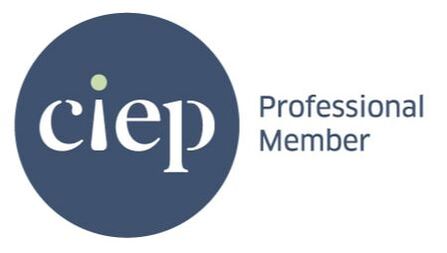What is copy-editing?
Typically, after a publication has been written by the author and commissioned by a publisher, the copy, often referred to as the manuscript, will be sent to a copy-editor by a project manager or a production editor.
Copy-editing is an important part of the process of producing a publication such as a book. The copy-editor gets the copy (the raw written material) into a suitable state to be published.
Among many other things, a copy-editor's role is to:
A copy-editor will NOT extensively rewrite and restructure text.
Copy-editing is an important part of the process of producing a publication such as a book. The copy-editor gets the copy (the raw written material) into a suitable state to be published.
Among many other things, a copy-editor's role is to:
- Rectify errors in spelling, punctuation, grammar, usage, style, accuracy and consistency
- Alter wording if it's not appropriate for the intended audience
- Make necessary changes to make text easier to read, such as, for example, breaking it up into paragraphs or using more headings
- Deal with illustrations and tables in terms of positioning and suitability, and edit any labels and captions that go with these
- Code structural elements such as headings, subheadings, lists and extracts for the typesetter
- Draw attention to legal matters such as plagiarism, copyright, racism, libel or obscenity
A copy-editor will NOT extensively rewrite and restructure text.
And proofreading?
After text has been copy-edited, and then been through design and typesetting stages, a proof is produced. This is the final paper or on-screen version that's ready (or almost ready) for publication.
Proofreading refers to the final quality check of written material (the proof) before it's published. It can be very off-putting for the reader if they encounter, consciously or not, even the smallest of mistakes or inconsistencies that have slipped through the net. Therefore, to ensure that text isn't confusing in any way, the proofreader's job is to eliminate as many of these errors as possible.
Proofreading refers to the final quality check of written material (the proof) before it's published. It can be very off-putting for the reader if they encounter, consciously or not, even the smallest of mistakes or inconsistencies that have slipped through the net. Therefore, to ensure that text isn't confusing in any way, the proofreader's job is to eliminate as many of these errors as possible.
A proofreader will:
- Read proofs against edited copy to make sure every alteration has been made, or read them without the copy (sometimes referred to as 'proofreading blind')
- Judge how important a change is in relation to cost, deadline and knock-on effects
- Mark up necessary changes to the text on screen or on paper using various methods, such as comment and mark-up tools for PDFs, for instance
- Query anything with an author that is unclear, inconsistent or confusing
- Liaise with an author to solve problems and queries
A proofreader will NOT copy-edit, rewrite or restructure written material in any way.
The following are examples of what copy-editors and proofreaders will check using good judgement, skill and experience:
- Typing, spelling, punctuation and grammar
- Table of contents
- Content and layout
- Page headings and numbers
- Paragraph formatting
- Word, column and page breaks
- Column alignment
- Style consistency (of, for example, spellings)
- Rules (hyphens, em rules and en rules)
- Cross-references
- Pictures, illustrations and diagrams plus the captions and labels that go with these
Note: The above describes copy-editing and proofreading in a publishing context, but most of the aspects listed are also checked when working with self-publishers, students or businesses.
Proof-editing
Sometimes, it can be difficult for an organisation or an individual to know whether a proofreader or an editor is required, especially if they have no editorial knowledge. 'Proof-editing' is somewhere between proofreading and copy-editing. The editor will intervene a little more than if just simply proofreading and make suggestions and some editorial decisions if needed. However, this won't go as far as copy-editing where deeper editorial intervention is carried out.
I found his service professional, with great feedback that really helped. He picked up on everything and gave me advice on how to change sentences to make them more grammatically correct. He was very thorough and I took on board everything he said. I found him to be reasonably priced for all the work that he did. I would recommend him for any proofreading/editing job. Thank you for a quick and efficient service.
Lisa Studd, independent children's author
Lisa Studd, independent children's author



